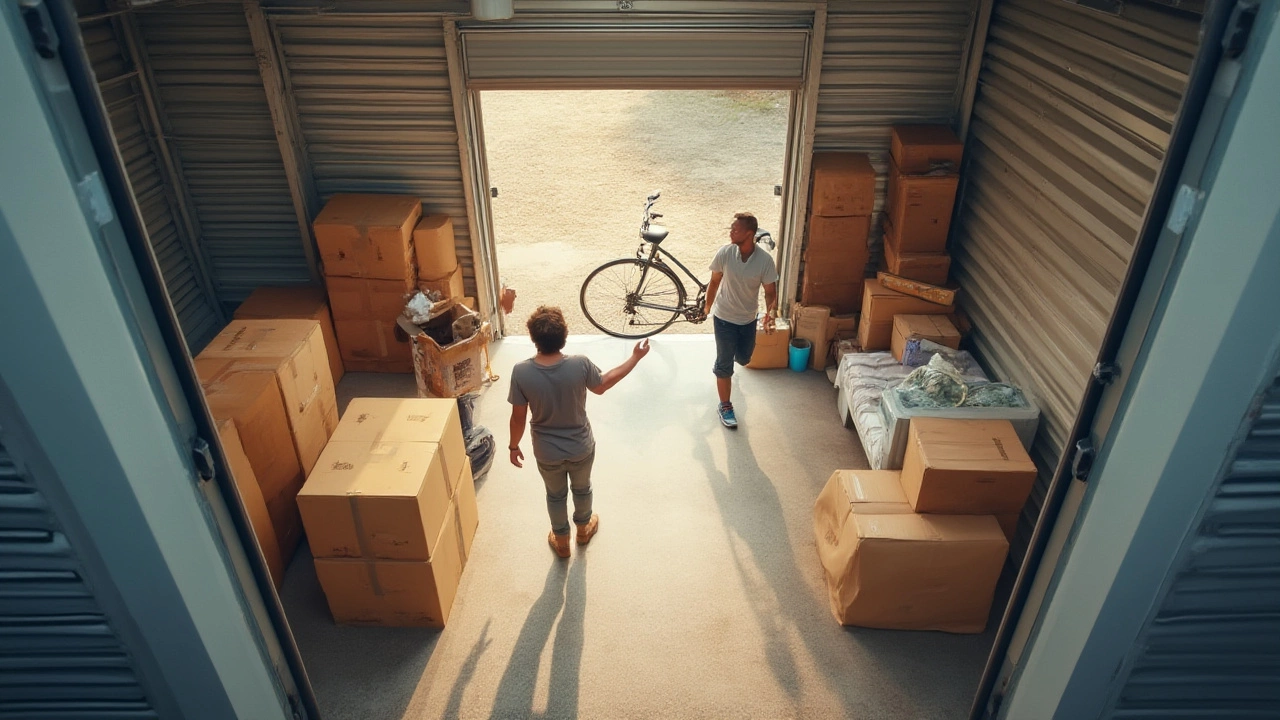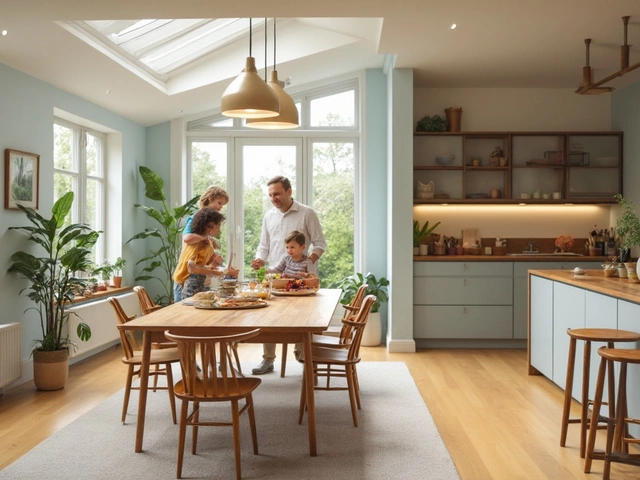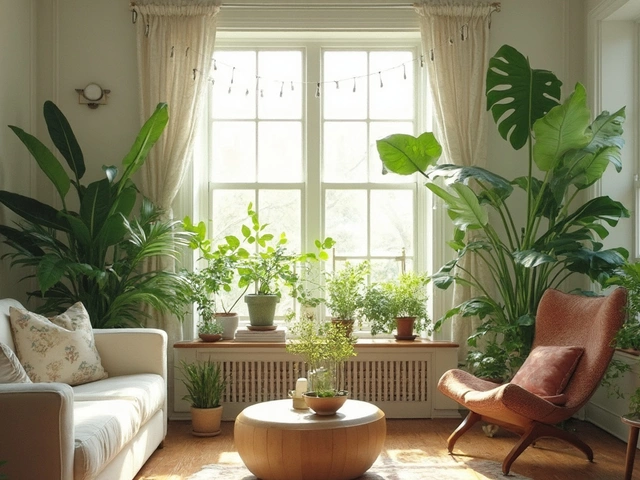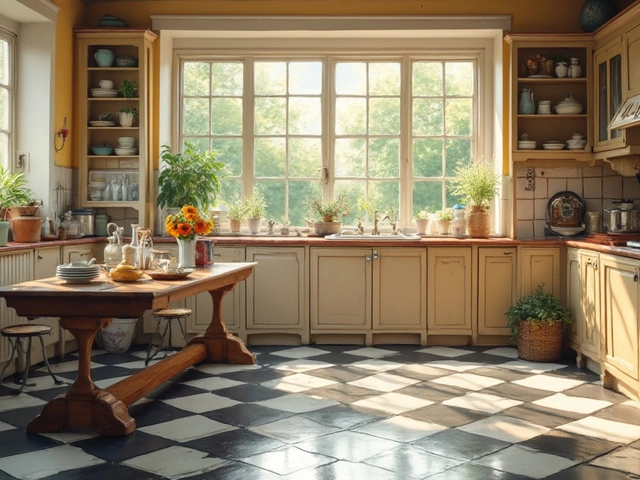Smart Ways to Use a Small Storage Unit
Got a tiny storage unit and feel like you’re fighting for every inch? You’re not alone. Most of us end up stuffing boxes in a way that makes it impossible to find anything when we need it. The good news? A few simple tricks can turn that cramped space into a well‑ordered mini‑warehouse.
Plan Before You Pack
Start by taking a quick inventory of what you actually need to store. Pull everything out, sort into three piles – keep, donate/sell, and toss. Anything you’re unsure about should be tested; if you haven’t used it in a year, consider letting it go. The less you store, the more room you have to organize the stuff you truly need.
Next, measure the interior dimensions of your unit. Write down the width, depth, and height. Knowing the exact square footage helps you choose the right size boxes and shelving. Even a 2‑inch gap between boxes can become a handy pathway for reaching items at the back.
Maximize Vertical Space
When floor space is scarce, go vertical. Sturdy metal or plastic shelving units that reach the ceiling give you multiple levels for boxes, bins, and small furniture. Store the items you access least often on the top shelves and keep everyday things at eye level.
Clear plastic bins are a game‑changer. You can see the contents without opening every box, and they stack neatly. Label each bin on the side and the front so you can locate items from any angle. For extra security, add a small piece of tape with the label on the top of the bin – a quick glance tells you what’s inside.
Use the back wall for hanging solutions. Heavy‑duty hooks or a pegboard can hold ladders, garden tools, or even a folding bike. Just make sure the hardware is rated for the weight you’ll hang.
Smart Packing Techniques
Uniform box sizes make stacking easier. Choose a few standard sizes – for example, 12‑inch, 18‑inch, and 24‑inch cubes – and stick to them. Fill each box tightly to avoid shifting, then tape the top and bottom. Adding a small towel or bubble wrap inside heavy boxes prevents them from crushing lighter ones on top.
Consider using zip‑top storage bags for soft items like blankets, clothing, or seasonal décor. They compress the volume and are waterproof, which helps protect against moisture – a common issue in storage units.
Keep Pests Out
One of the biggest worries in a storage unit is mice. They love to hide in cardboard boxes and chew through fabric. To deter them, line the floor with a thin sheet of plywood or rubber mat instead of cardboard. Store items in sealed plastic containers rather than cardboard boxes whenever possible.
Place a few natural repellents, such as dried lavender sachets or peppermint oil cotton balls, on shelves. Replace them every few weeks. If you notice any droppings, clean the area with a mixture of vinegar and water, then set up a few snap traps nearby.
Maintain Access and Visibility
Leave a clear aisle – at least two feet wide – down the middle of the unit. This path lets you reach the back without moving everything forward each time you need something. When you add new items, place them at the front of the aisle, pushing older boxes toward the back. Periodically walk through the unit to make sure nothing is blocking the exit or the aisle.
Finally, create a simple map on a piece of paper or a phone note. Sketch the layout and mark where each category of items lives (e.g., winter clothes on the left, garden tools on the right). A quick glance at the map tells you exactly where to go, saving you time and frustration.
With a little planning, vertical storage, and pest‑proofing, even the smallest storage unit can feel organized and functional. Start with these steps, and you’ll find that space is less of a problem and more of a resource.






